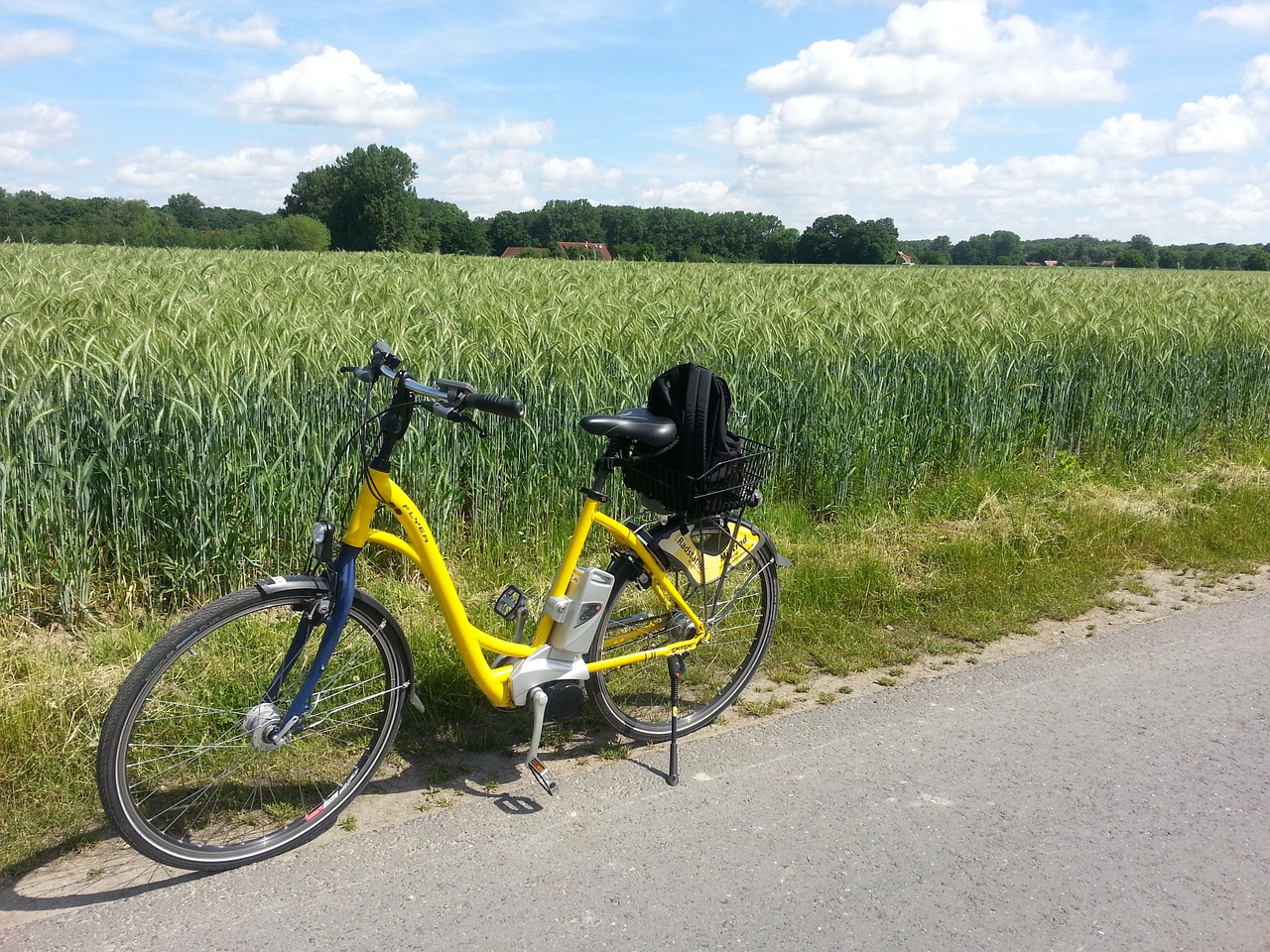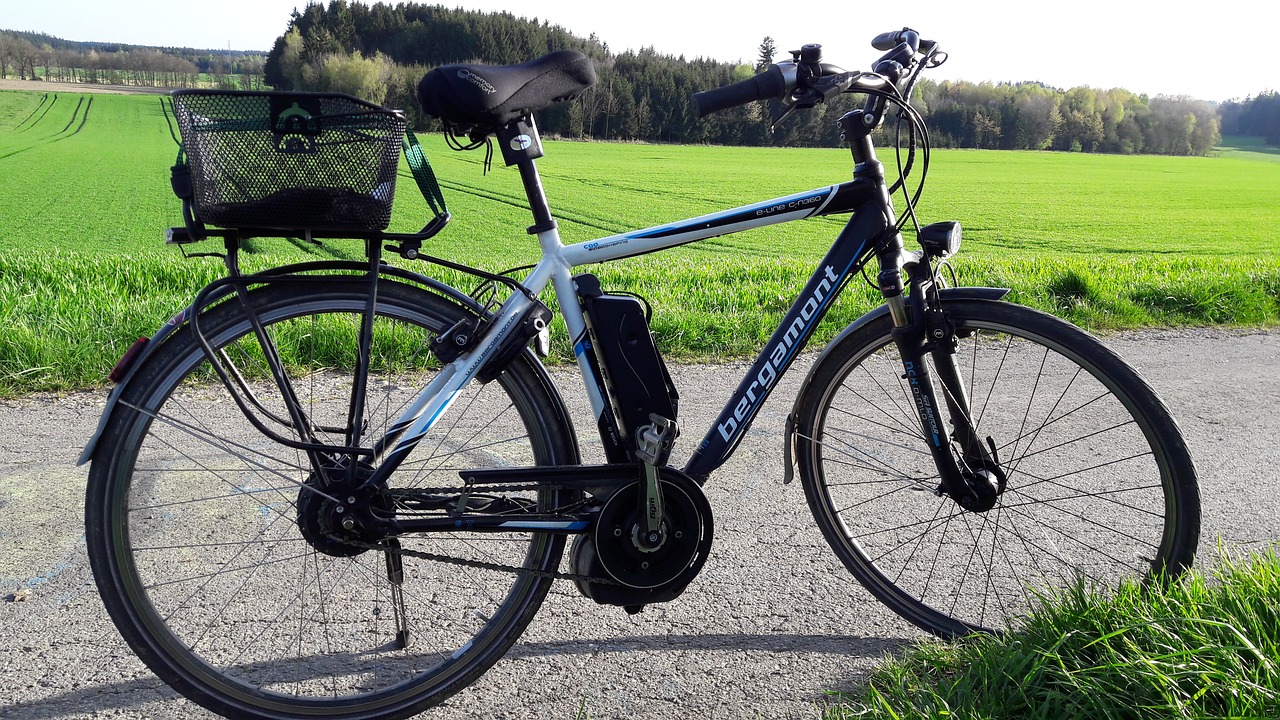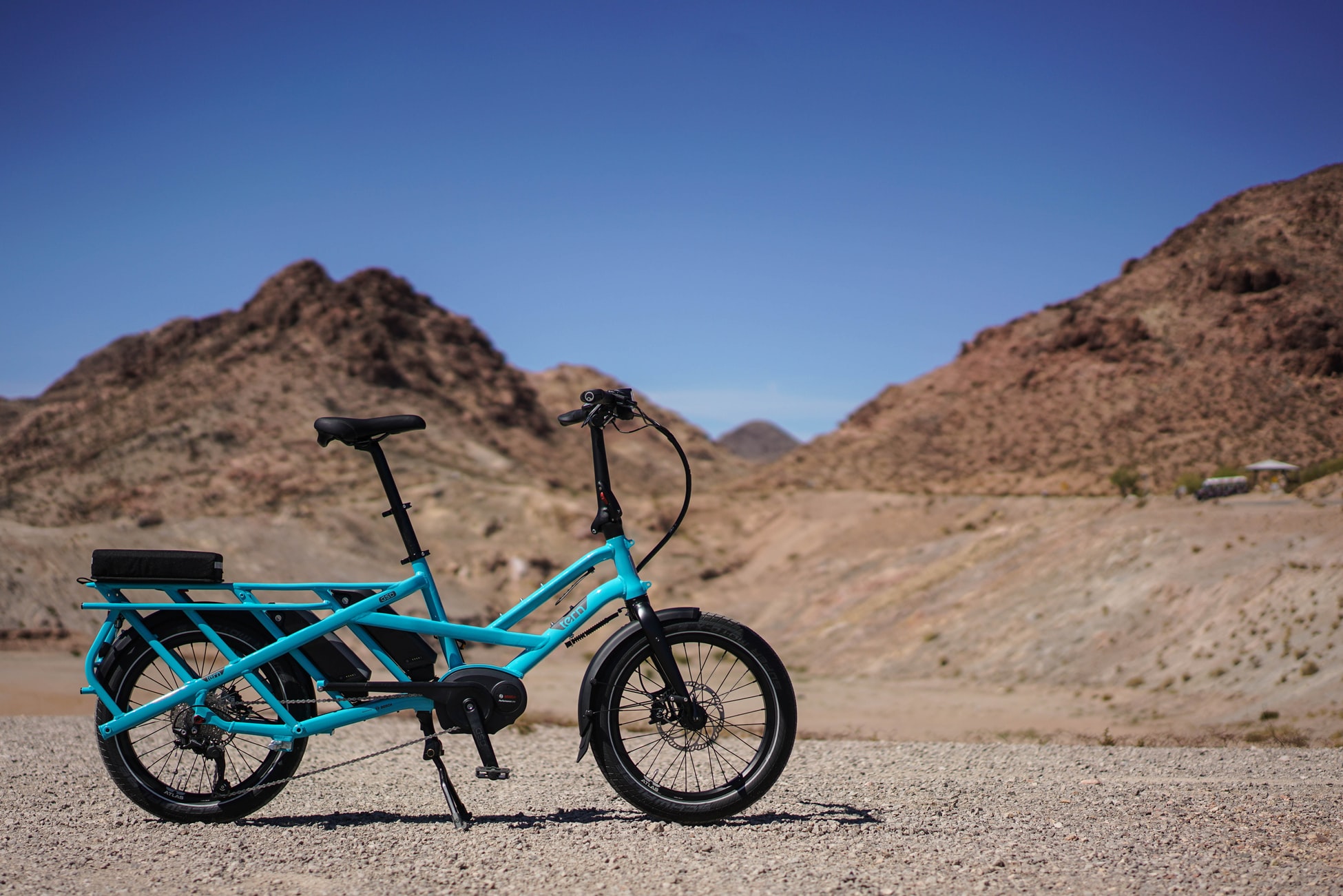
- Inspiring People -
- 4mins -
- 218 views
New study reveals e-bike riders get as much exercise as riders of regular bikes
A recent European study shows E-bikers use their bikes more, travel longer distances, and often substitute it for driving or public transport.
E-bikers take longer trips and get around the same physical benefits as regular cyclists
Enthusiasts of electric bikes will often tell you they are riding further than they used to on "analog" bikes. Now a new study with the somewhat wordy title, "Physical activity of electric bicycle users compared to conventional bicycle users and non-cyclists: Insights based on health and transport data from an online survey in seven European cities," finds that they are telling the truth: e-bikers take longer trips and get around the same physical activity gains as “analog” cyclists.

Study finally lays to rest the idea that e-bikes are in some way “cheating”
Physical activity levels, measured in Metabolic Equivalent Task minutes per week (MET min/wk), were similar among e-bikers and cyclists (4463 vs. 4085).
E-bikers reported significantly longer trip distances for both e-bike (9.4 km) and bicycle trips (8.4 km) compared to cyclists for bicycle trips (4.8 km), as well as longer daily travel distances for e-bike than cyclists for bicycle (8.0 vs. 5.3 km per person, per day, respectively).
Noteworthy is the dramatic increase in exercise among people who switch from cars to e-bikes, a far easier transition than from cars to regular bikes. Those switching from private motorised vehicles and public transport gained around 550 and 800 MET min/wk. respectively.
For example, in Denmark, the average user switching to an e-bike reduced driving by 49% and transit by 48%. In the UK, 36% reduced public transit use.
It is important to note that this study looks at European pedelec e-bikes, where riders have to pedal a bit in order to get the 250 watt motor to kick in. Results may not apply to overpowered throttle-controlled American e-bikes or scooters. Because, as the study authors note, with a pedelec, "using an e-bike requires moderate to vigorous intensity physical activity, depending on topography."
E-bikers in the study tended to be older, had higher car access and higher body mass indexes (BMI,) but they still traveled farther and more often. So we can finally lay to rest the idea that e-bikes are in some way "cheating":
Source: Treehugger

With e-bikes you still get exercise but can easily go farther, faster for a longer, healthier life
This study has found that physical activity from travel-related activities is similar for e-bikers and cyclists.
These findings counter the often-raised concern that e-biking may result in a substantial reduction of physical activity for traveling due to the electric assist of e-bikes, which reduces the required physical effort.
As this study shows, average trip distance of e-bike and bicycle trips among e-bikers is significantly higher than bicycle trips among cyclists. Equally, e-bikers’ daily travel distance by e-bike was also significantly longer than daily cycling distance in cyclists.
What’s perhaps most intriguing about the study is how many people used their e-bikes as a substitute for cars—reported Treehugger, who have complained before that governments handing out subsidies for electric cars should be putting that money into e-bikes and infrastructure, and the study concludes with the same point:
‘In conclusion, this analysis supports the notion to accept, or even promote, e-bikes as a healthy and sustainable transport option based on e-bikers’ travel behaviour and self-reported mode substitution. Planers should be aware that e-bikers travel longer distances than cyclists. Thus, e-bikes might be used for longer commuting trips than non-electric bicycles. To accommodate (or promote) this new demand and to avoid conflicts with other road users in urban areas, cycling infrastructure should be expanded and may need to be adapted to accommodate higher speeds and address safety needs. The health benefits in terms of physical activity of using e-bikes, particularly when replacing car trips, should be factored in when considering subsidizing e-biking.’
There is much to take away from this study, which also looked at how e-bikes are easier for older riders, keeping them fitter longer. It further reinforces a popular opinion that the Europeans got it right by limiting speed and power on e-bikes and mandating that they are all pedelecs rather than throttle operated; you don’t get much exercise on a motorcycle.
That particular issue is too late as far as the laws in North America go, but that doesn’t mean that just because you can buy 750 watts and a throttle that you should. You want a bike with a boost so that you can still get some exercise, but also go farther, faster and easier for a longer, healthier life.
Source: Treehugger


